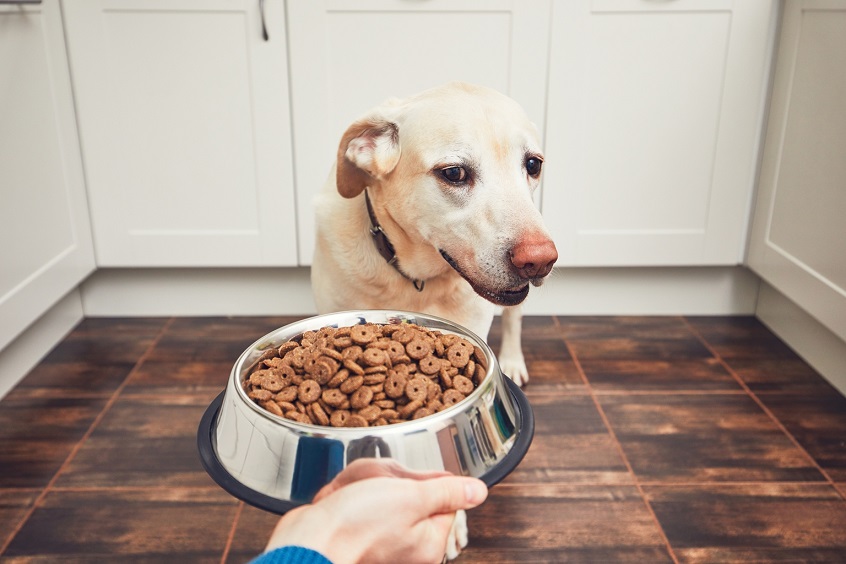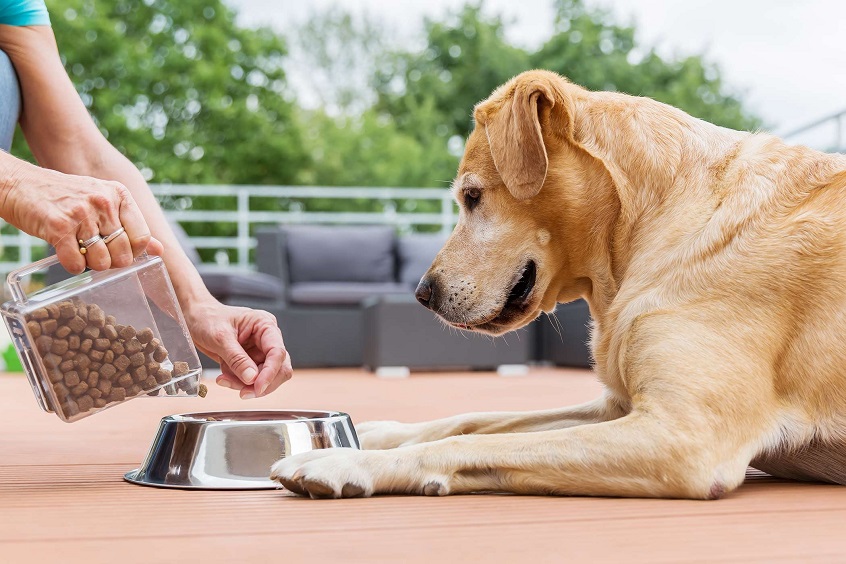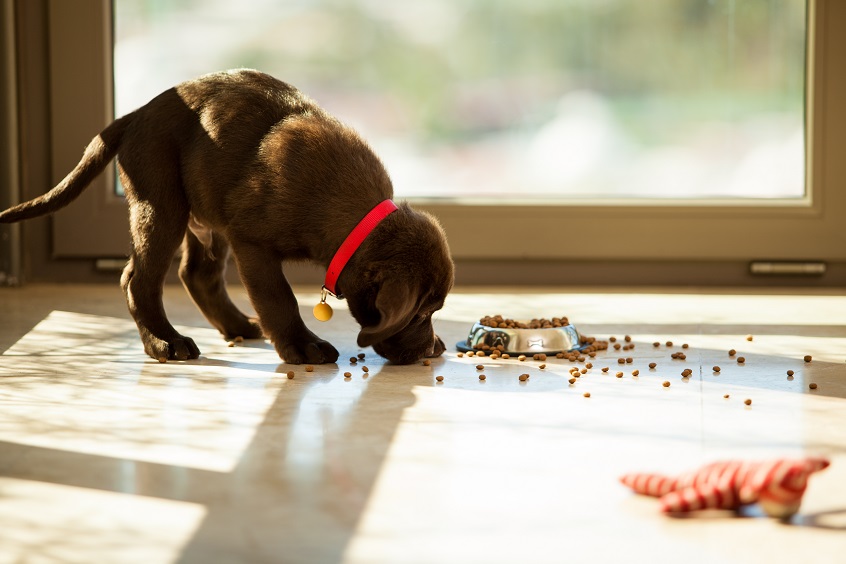
What Should You Feed Your Dog
Dogs live by a simple credo and it goes a little something like this “every snack you make, every bite you take, I’ll be watching you.” Unfortunately, you can’t always share your bites with the most pawsome foodie in your life and it’s extremely important to understand your pup’s nutritional requirements.
Health isn’t just an absence of disease, it’s a perfect balance of social, mental and physical wellbeing and food is an indispensable part from it. However, not every dog food is good for your pet and some can cause health problems that go way beyond tummy aches. Continue reading to find out more about what you should feed your dog and what you should avoid.
Healthy Foods for Your Dog

source: BBC
There’s no such thing as a universal healthy diet for dogs. What’s healthy for your neighbour’s pet, it’s not necessarily good for yours. Every pouch has different nutritional requirements that vary according to size, breed, health and level of activity. Moreover, you should be aware that the daily needs can also differ depending on your dog’s stage of life – puppy, pregnant or nursing.
Many pet parents make the mistake of feeding their dogs meat only diets. This can cause mineral metabolism problems, spine deformities, pain in the joints and kidneys and fur loss. Dogs need a wide array of nutrients to stay healthy and active just as we do, so focusing on one food group is not recommended. Although meat should make the majority of your dog’s diet, incorporating nutrients from grains, fruits and vegetables is of utmost importance.
You don’t have to become a master chef to meet the nutritional macros of your pet; you just need to find healthy food for dogs that’s complete and balanced. It should be loaded with vitamins, minerals, nutrients in the correct ratios and most importantly, delicious.
If you have a young pup, you should feed it with age-appropriate foods filled with natural ingredients that support muscle and bone development and healthy skin and coat. You should buy dog food that doesn’t contain artificial colours, flavours and preservatives. For instance, a lamb meal mix with potatoes, broccoli, carrots, tomatoes, essential vitamins and minerals is an excellent power food that will help your pup grow healthy and strong.
Adult dogs also need nutrient-rich foods for their health and wellbeing. When choosing healthy food for dogs, carefully read the packaging to ensure the nutrients are in the correct ratios for your breed. For instance, a 50 pound Samoyed has different dietary needs than a 50-pound basset hound. This is because the Samoyed is a very active breed that needs a lot of energy, but it also has a different fur coat. Active breeds need foods which are higher in fats because they provide more energy than proteins and carbs. You should always consult your vet if you aren’t sure what your dog’s dietary requirements are.
Most often, your vet will suggest buying palatable and digestible food formulas that are rich in zinc, iron, vitamin B12 and Omega 3 fatty acids. Lamb formulas are excellent sources of chondroitin and glucosamine which are crucial for healthy joints whereas ocean fish and salmon formulas are loaded with omega 3 fatty acids which are good for the skin and coat health.
Dog Treats and Snacks

source: WagWalking
You can use dog treats and snacks to supplement your pet’s diet or to reward good behaviour. However, you should use them in moderation in order to avoid stomach problems and obesity. Treats should only make up 10% of your dog’s daily calorie intake. The best way to do this is to divide the treats into small pieces and treat your pet throughout the day with delicious bites.
Choose healthy treats that are oven-baked and contain all sorts of goodies such as beef, cheese, mint and parsley, but also have added vitamins and minerals to ensure your dog is getting a tasty and healthy snack instead of empty calories.
When it comes to bones, everyone knows that they are needed for maintaining muscle mass and keeping bones and joints strong and healthy, but if you overdo it, your dog may suffer from stomach pains and experience stool problems. Remember, moderation is key.
Dangerous Foods Your Dog Shouldn’t Eat

source:Law Call
You can also supplement your dog’s kibble food with fresh fruits and veggies or occasional, special gourmet meals, but there are some people’s foods and even pet foods which aren’t good for your dog’s health.
The first one is actually a well-known fact. You should avoid feeding your dog baked goods, candy, chocolate and other sugary treats by any means necessary. Sugar can upset your pup’s tummy and cause pain, indigestion, vomiting and diarrhea. Moreover, higher doses of sugar can lead to obesity, diabetes and metabolic changes that’ll affect your pet’s quality of life. Also, you should be very careful not to feed your dog with diet foods which are sweetened with xylitol because it’s extremely toxic for pets and can cause liver failure and lethal consequences.
Many pet parents make the mistake of sharing their tasty meals or leftovers with their furry best friends, but even savoury people’s foods can be dangerous for dogs. For instance fried, heavily seasoned or spicy dishes can cause inflammation of the pancreas and damage your pet’s internal organs.
When it comes to dog food and dog treats, not all of them are created equal. Unfortunately, there are plenty of manufacturers who use feed-grade ingredients which contain harmful toxins, chemicals, preservatives, artificial colours and flavours. In addition, these questionable ingredients are often cooked at high temperatures that reduce the nutrients in your dog’s food. This is why you should always carefully read the list of ingredients, guaranteed analysis and look for a statement of nutritional adequacy on the nutrition facts label to make sure that the product is safe and healthy.
After all, your doggo will happily wag its tale even after getting the same meal for the hundredth time, so it’s only fair to choose the best one.


No Comments